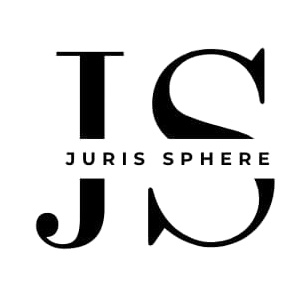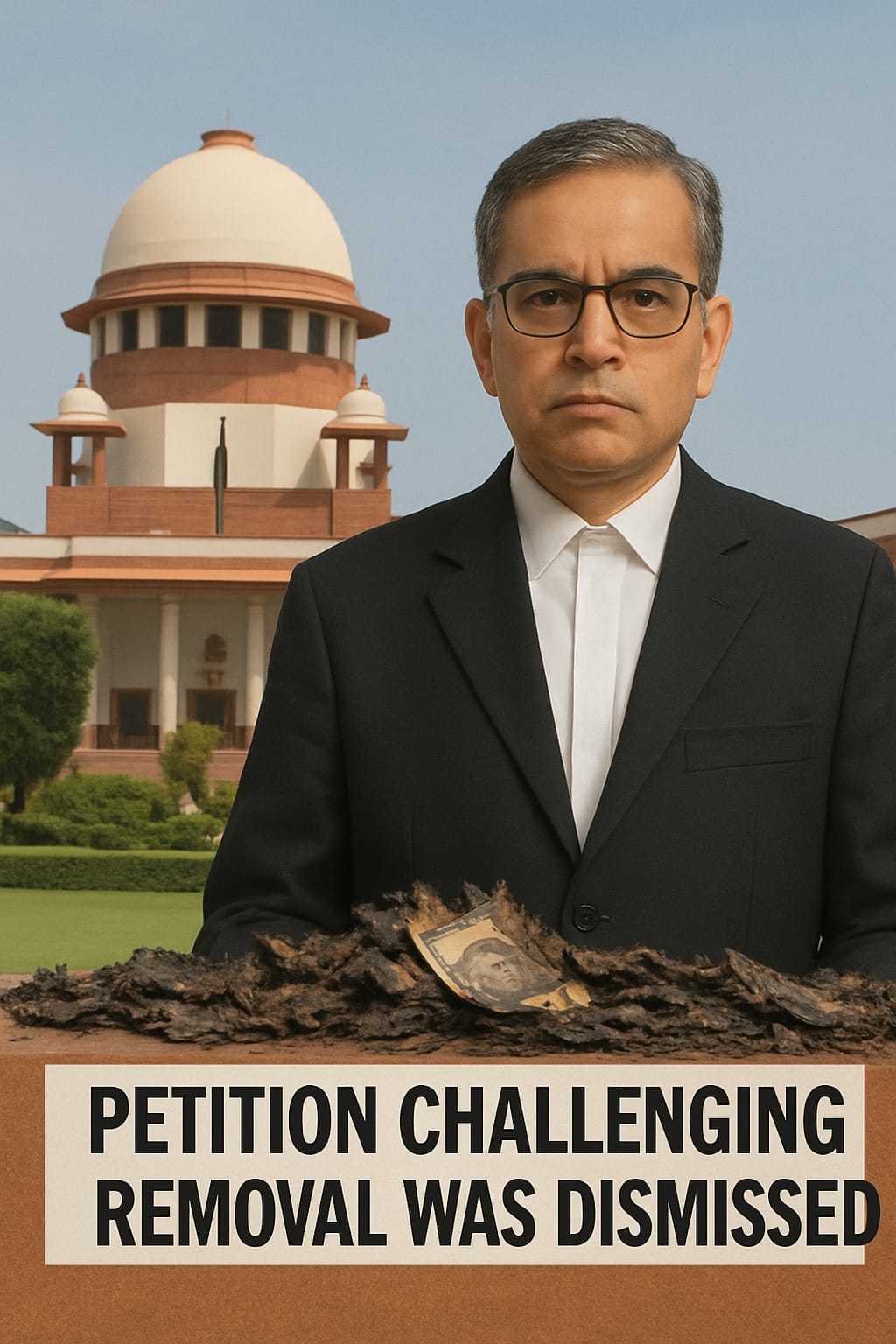INTRODUCTION – FIRE THAT SPARKED A LEGAL BATTLE
On March 14, 2025, a fire broke into the official residence of Justice Yashwant Varma, who was the sitting judge of Delhi High Court. While extinguishing, firefighters discovered bundles of charred and unburnt paper currency notes in an adjoining storeroom. This incident shocked the whole country & led to a discreet internal judicial inquiry, culminating in justice Varma’s removal.
On March 22, CJI Sanjeev Khanna constituted a three judges in-house inquiry committee. During this inquiry Justice Varma was sent back to his parent High Court (Allahabad High Court). On May 8- CJI forwarded recommendation for his removal to the President and Prime Minister based on the report of inquiry which concluded that cash was under Varma’s covert and active control.
Aggrieved from the inquiry report Justice Varma filed a writ petition in the Hon’ble Supreme Court challenging his removal on July 17.
THE IN-HOUSE PROCEDURE: A TOOL OF JUDICIAL SELF-REGULATION
The term in-house inquiry is not codified in any law or statute but it traces its origin back to the 1997 Supreme Court Resolution which aimed at handling allegations against judges and their misconduct. And on the basis of this committee recommendations though not binding holds enormous moral and ethical weight specially when forwarded by Chief Justice of India. As we all know only Parliament, under Articles 124(4) and 217 of the Indian Constitution, has the power to impeach a judge through a special majority vote in each House.
JUSTICE VARMA’S LEGAL CHALLENGE
On July 17, Justice Varma took his legal battle to the Supreme Court, questioning the very process of his removal. He argued that the internal inquiry conducted by a three-judge panel — was not only unfair, opaque and unconstitutional.
In his petition, he pleaded on following grounds:
THE SUPREME COURT’s VERDICT
The two-judge bench, comprising Justices Dipankar Datta and A.G. Masih, issued a sharp and unequivocal rejection of Justice Varma’s arguments and dismissed his petition on following grounds:
- The court stated that in-house inquiry is a legitimate tool and procedure to oversee judicial discipline.
- Rejected his contention regarding violation of Natural Justice Rights as he fully participated in all inquiries, hearings and procedure.
- The Court also found that there is no breach of fundamental rights, noting that the process was administrative and did not inflict any punitive consequences.
CONCLUSION
The dismissal of this petition might not be the last chapter in Justice Yashwant Varma’s story — but it’s undeniably a pivotal one. By upholding the in-house inquiry and the recommendation based on it, the Court sent a clear and straight message that the judiciary must hold itself accountable, just as it expects others to be.
This case isn’t just about one misconduct or professional breach, It touches something much bigger — how a democracy like India ensures that even its most powerful constitutional figures are answerable for their actions.
Whether or not Parliament goes ahead with impeachment, the debate this case has stirred isn’t going away. It forces us to ask: How do we balance fairness with accountability?
About the Author:
Sarika, an alumnus of Mody University of Science & Technology, Rajasthan is an ardent learner having keen interest in Constitutional and Criminal Law. Through her academic journey and hands-on legal experience, she has developed a strong interest in legal research, policy analysis, and illustration.

